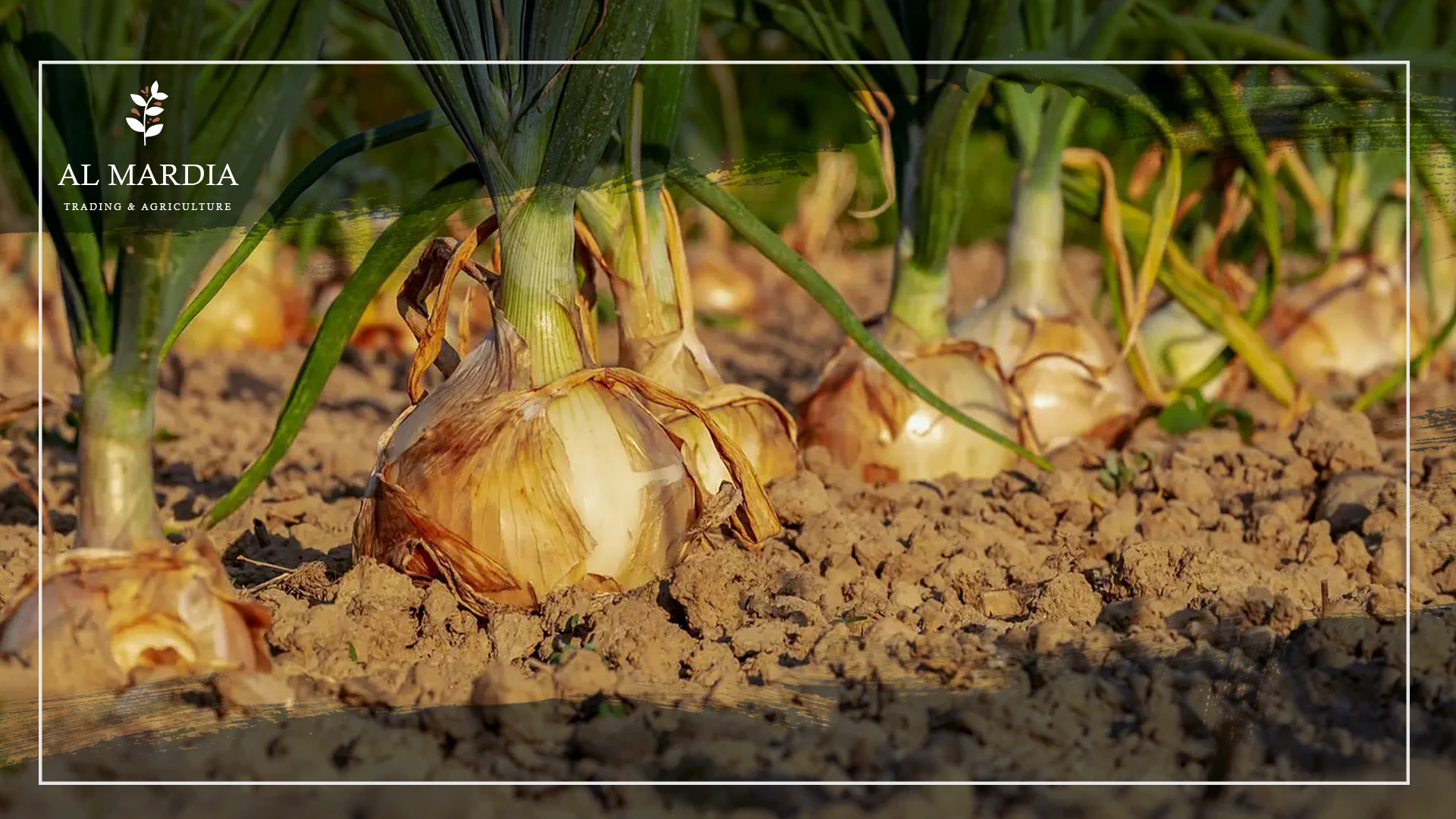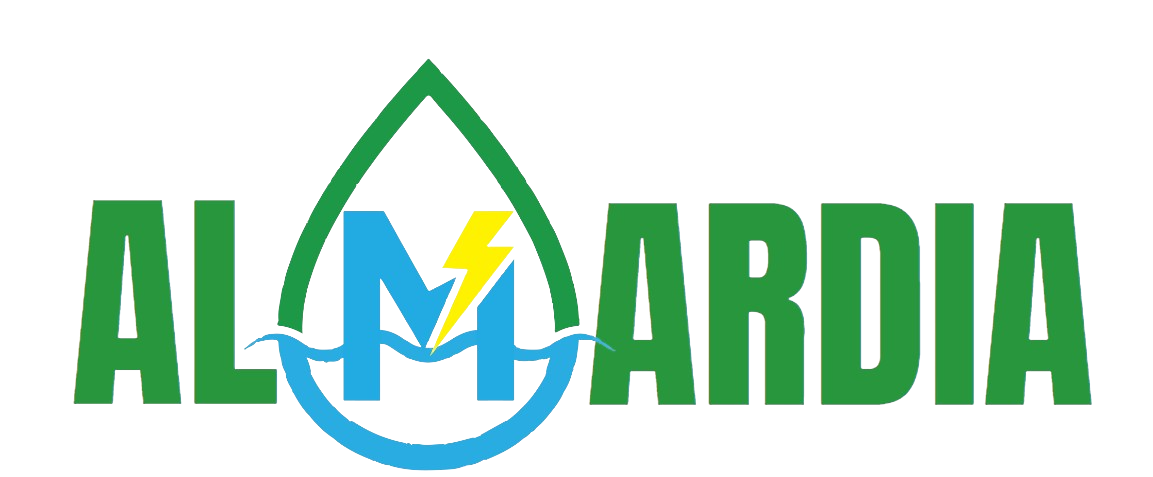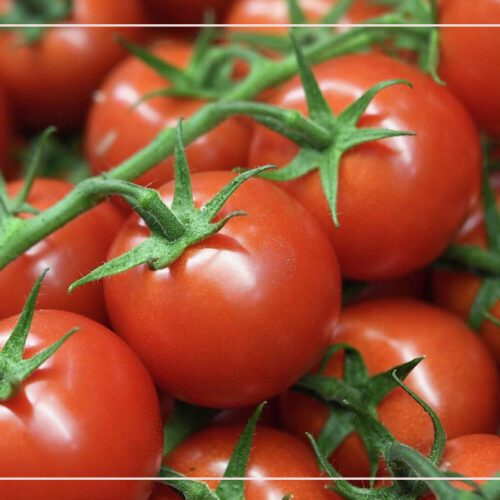
Guide to Planting and Harvesting Onions
Onions are a popular vegetable that is grown in many gardens and farms. They are easy to grow and require minimal maintenance, making them an ideal crop for gardeners of all skill levels. Planting onions can provide a variety of benefits, from increased yields to improved soil health. Onions can be planted in both traditional and raised beds, making them a great addition to any garden. With proper care and maintenance, planting onions can result in healthy harvests of delicious onions that can be enjoyed for months to come. This article provides a wealth of information about proper planting and harvesting onions which can be immensely helpful to anyone trying to cultivate their own onions. It offers valuable tips which should prove beneficial for any farmer or gardener.
Why onions?
- Growing onions is surprisingly easy with a long storage life. Even amateurs can have success cultivating them in their own backyards, no matter where they live. Allium cepa plants can be grown in almost any climate.
- Onions are a popular kitchen staple due to their versatile nature and the vast array of vitamins and minerals. Not only are they low in calories, but they also provide a healthy dose of vitamin C, dietary fiber, and minerals. Plus, eating onions can help with cardiovascular health as well as prevent colds and allergies.
- From Salads to Soups and Souffles, we rely heavily on the sweet and pungent flavor of these delicious globes. We can enjoy onion fresh, dried, or cooked in a variety of dishes. , from French onion soup to a grilled cheese sandwich. Onion is also used as a flavor-enhancing agent in many dishes, including pizza and burgers, where it is often combined with other vegetables such as green peppers and mushrooms to create the perfect mouthful.
Onion Plant Care
Water
To ensure optimal growth of onions, providing 1 inch of water per week is essential. This will help to avoid any swelling in the bulbs and promote healthy development.
To prevent bulb rot, it’s important to avoid overwatering or leaving the bulbs in wet soil. Adding a mulch layer can help maintain the moisture level in the soil.
Soil
Growing onions to perfection requires the right kind of soil. It should be well-drained, sandy, and with plenty of organic matter for optimal results.
Loose loam soil is perfect for this purpose and for optimum results, it’s best to go with a slightly acidic or neutral pH.
Light
To yield the different types of onions, it is essential that they be exposed to six hours or more of direct sunlight each day. Optimal onion growth requires higher doses of sunshine for more successful harvesting.
Temperature and Humidity
Germinating onion seeds requires a minimum temperature of 5°C to be successful. For the best growth, temperatures of 20-25°C should be maintained.
Generally, humidity is not something of great concern provided that the soil’s moisture needs are satisfied.
Composting
For onions to yield a good harvest, they require a heavy amount of fertilizer in order to ensure healthy leaf growth. Applying fertilizer with high levels of nitrogen every few weeks is ideal for helping them develop larger bulbs. We always recommend applying organic fertilizers such as Add Life. It is an integrated microbial feed based on selective strains of nitrogen-fixing bacteria and can meet the nitrogen needs of plants by fixing atmospheric nitrogen.
Be sure to check the directions on the product label carefully to determine how much fertilizer should be used. When you start noticing cracks in the soil around the bulb, it’s a sign that your plant is entering its final phase of growth, and no further fertilization is required.
Overwintering
Onion plants are generally grown as annuals, so there won’t be a need to overwinter them. However, if you live in a warmer climate, you can consider planting a fall crop in raised garden beds.
During the winter season, they will help stabilize the temperature for resting onions to ensure they remain healthy.
Tips for Planting and Growing Onions
Site requirements
- To get the best from your onions, make sure to have full sun and nutrient-rich, well-drained soil. Incorporate plenty of organic matter, such as compost or manure, and maintain consistent moisture levels near the roots for healthy growth.
- Bulb formation is dependent on the number of daylight hours. Choosing a type of bulb that does not suit your geographical location could result in either premature small bulbs, or no bulb formation at all.
- Northern climates are best suited for the growth of long-day onions, Sweet Spanish being one of them. These varieties need 14-16 hours of daylight in order to thrive.
- Short-day onions, such as Bermuda, require at least 10-12 hours of daylight for optimum growth. These types of onions usually begin forming bulbs earlier in the season so you have to choose an onion type that is suitable for your climate zone to get the best results.
Harvesting and Storing Onions
- It typically takes 80-100 days after direct sowing for onions to be ready for harvesting, whereas those planted in the spring can be collected in mid-summer. The indicator of maturity is when their tops fall over on their own. For onion sets, it’s only 30-40 days.
- As onions reach maturity, their tops turn yellow and start to wilt. To speed up the ripening process, one can fold over the tops or even step on the foliage.
- Loosening the soil allows the bulbs to dry more quickly. Once they are dried, they can be harvested in late summer. However, if there are wet onions, it is best not to store them as they may rot quickly.
When it’s time to harvest your bulbs, simply pull them out of the ground. Let them sit and dry for two weeks – lightly watering before harvesting can make this process easier. After they are cured, keep them in a cool and dry place like a cellar or basement. Do NOT put the bulbs in a plastic bag.
Related topic
Get an Organic Green Lawn
Common Questions
-
What is the best month to harvest onions?
By the midsummer months, onions are ready to be harvested as they start to plumpen up. Towards late summer or early fall, its leaves will begin to curl and fall over which indicates that the onion plant has matured and is now ready for harvesting.
-
How do you dry onions after harvesting?
After harvesting, the onions need to be dried or cured, so it’s best done in a warm, dry, and well-ventilated area such as a shed or garage. Spread them out on a clean, dry surface and leave them for two to three weeks until the onion tops and necks are completely dry and the outer bulb scales become rustling.
-
How long is the growing season for onions?
depends on the variety of onions you’re growing, but on average, onions need about 100 to 175 days from planting to harvest.





